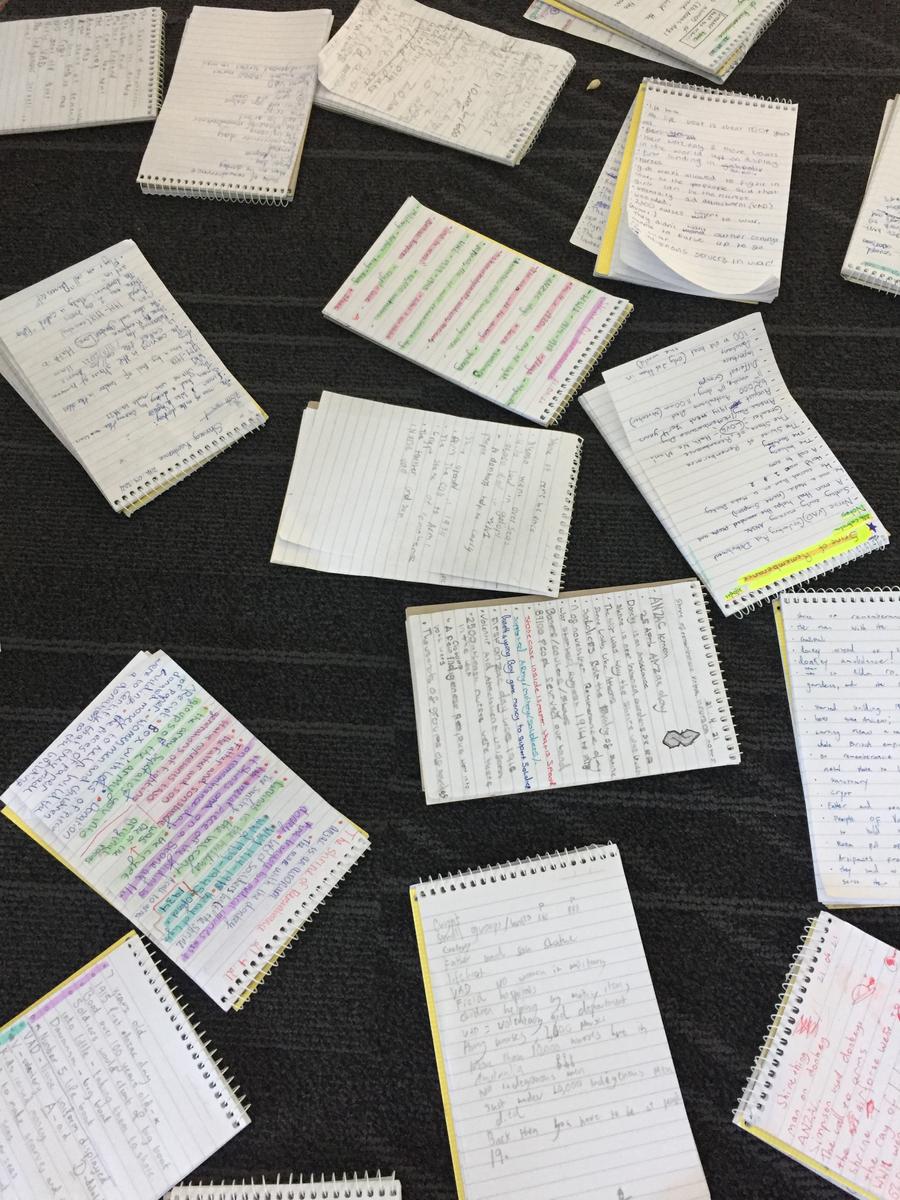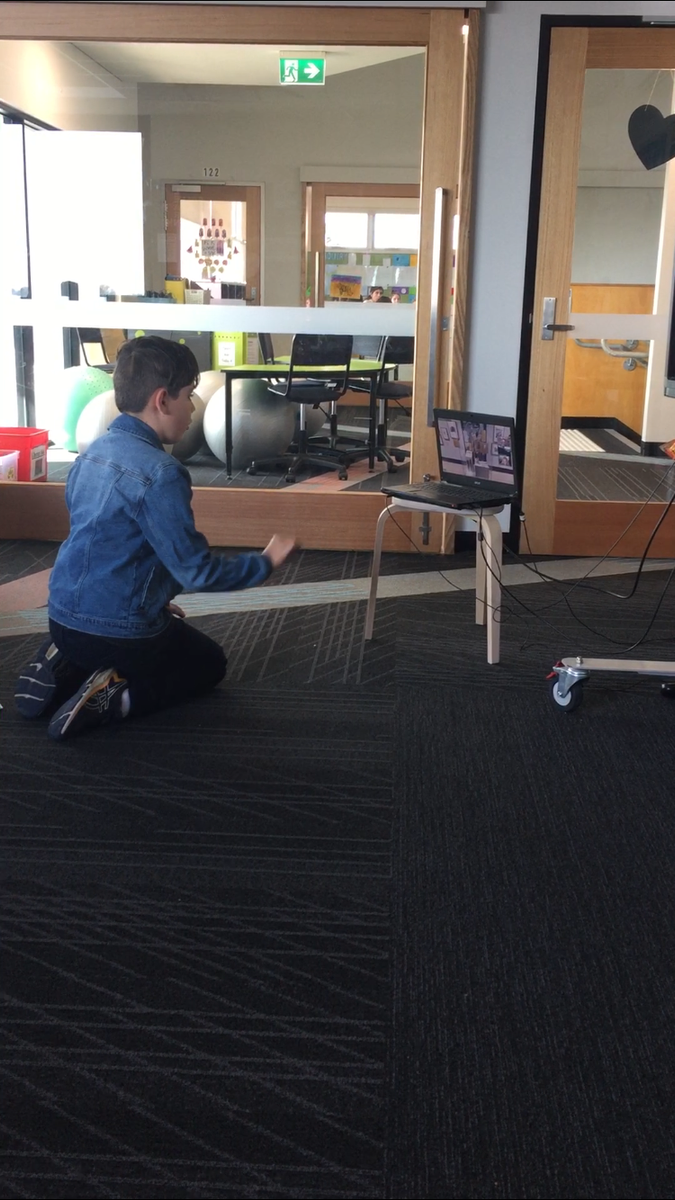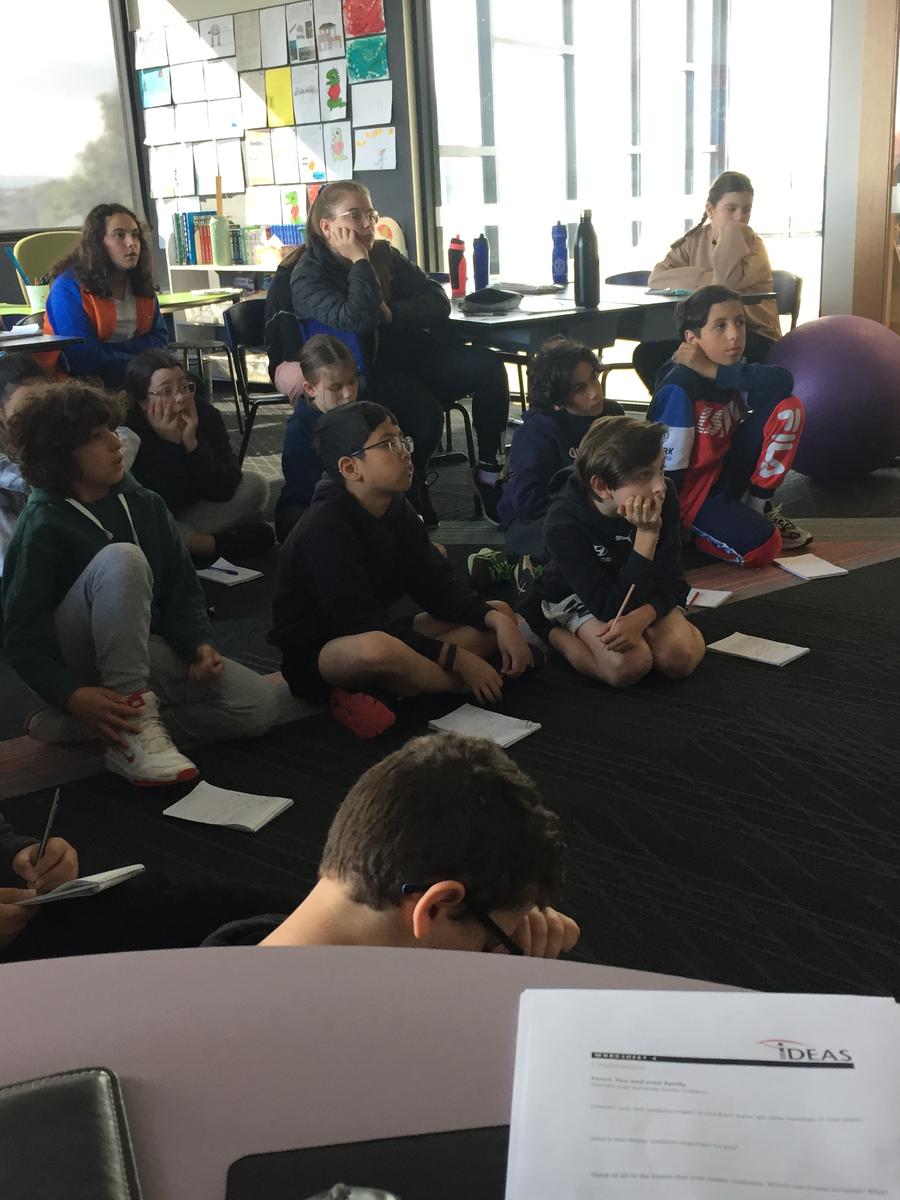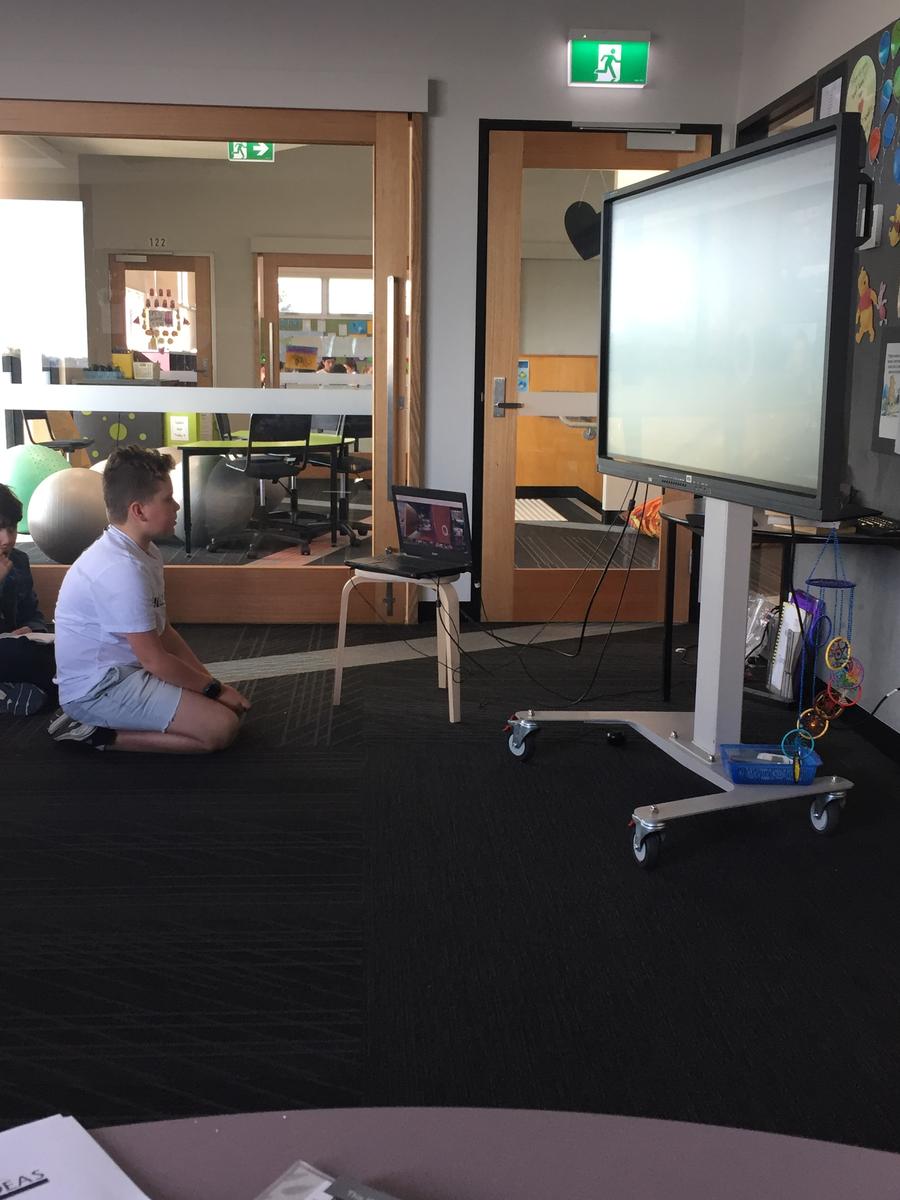Learning & Teaching 5/6C
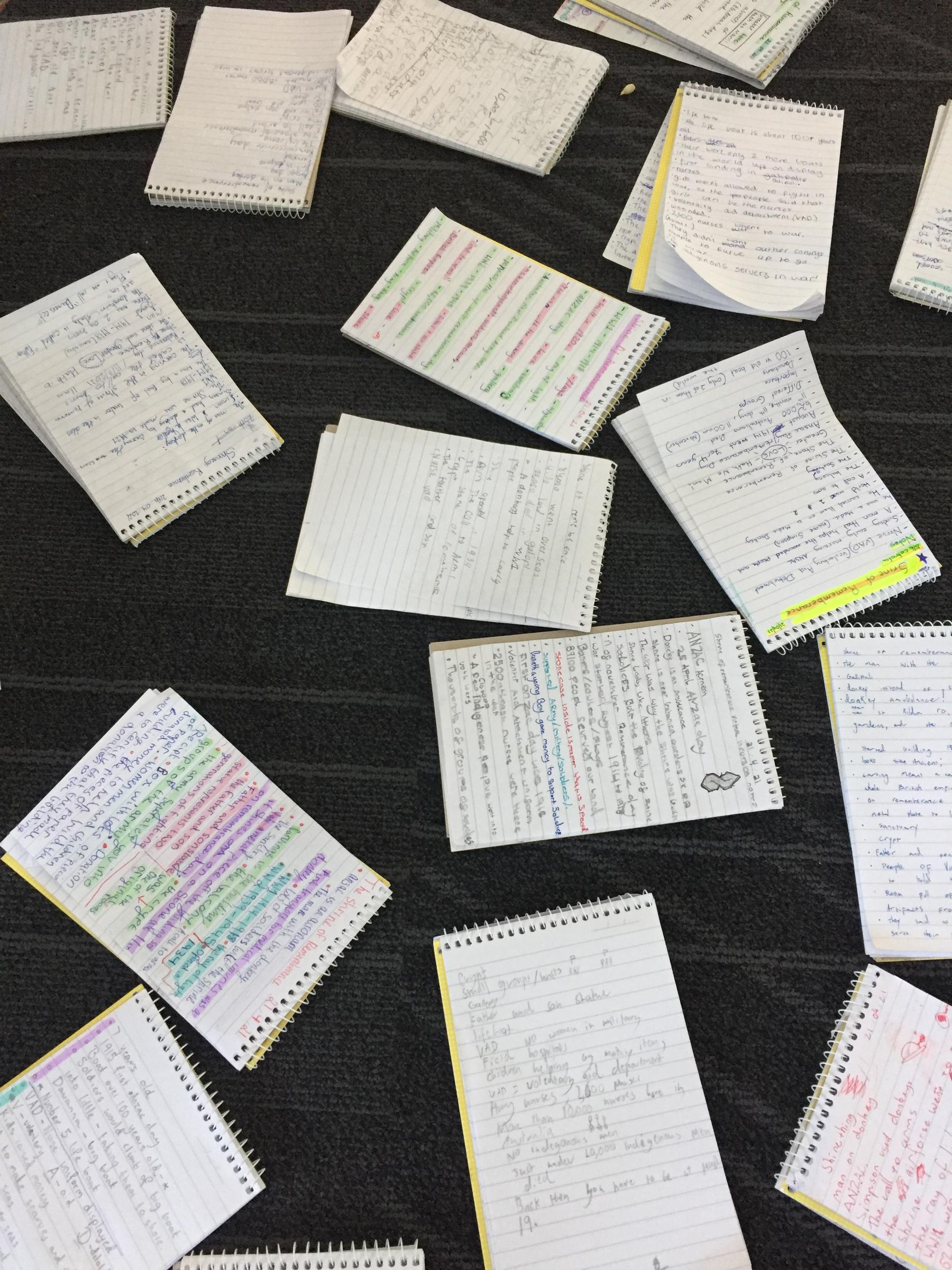
A Snapshot of Learning in 5/6C
Shrine of Remembrance Virtual Tour
On Wednesday, 5/6C were privileged to be involved in the Shrine of Remembrance virtual tour video-conference session. We were taken through a guided 3D virtual tour of the Shrine monument and museum. The Shrine educators tailored the session to suit our learning aims.
We were able to ask questions and share our thoughts with the Shrine educators. We witnessed how ways Australians use monuments, heirlooms, photographs and family stories to remember significant events from the past. A very special thanks to Mrs Wakeling for letting us know of this great opportunity to be involved in.
We would like to share some of our learning and reflections from the session.
Student Reflections …
Thomas: I learnt that the youngest person to go to the military was 14 years of age. I also learnt that women weren't allowed to attend in the military. I had fun learning about ANZAC and the military. This was officially the BEST VIRTUAL TOUR! Thankyou:)
Sienna: Today, I really enjoyed the virtual experience of looking around the Shrine of Remembrance. I learnt so many new things today. For example I learnt that The War had started in August 1914. The War had gone on for four years, along with that, over 120,000 people had died while serving the war in Australia. The other thing I had learnt was that nurses were only women. Women weren't allowed to be soldiers or work for the aircraft crew, but some women had wanted to join and help so over 2,000 women had gone to war and became nurses for the soldiers who were injured.
Jaxson: Today we saw a virtual tour of the Shrine and learnt that they have a 100 year old boat, nurses uniform and a soldiers uniform. I also learned what ANZAC means (Australian and New Zealand Army Corps).
Sonia: The Shrine of Remembrance was spectacular. I loved seeing all of the soldiers and nurses uniforms and all of the history behind the artifacts, like the lifeboat. I really enjoyed learning about the “Father and Son” statue. I loved how it represented the different generations that went to war. Did you know women and Indiginous Australians were not allowed to participate in the war. Women were only allowed to be nurses. The total number of military and civilian casualties in World War I, was around 40 million.
Maddie: Learning about the history of The Shrine of Remembrance was really interesting. We got taken on a virtual tour around The Shrine of Remembrance. We were taught that ANZAC day is an acronym that means “Australian and New Zealand Army Corps.” On ANZAC Day and Remembrance Day each year we acknowledge and pay respect to all the Soldiers who fought or died in the Wars. We also learnt that The Shrine of Remembrance was built in the 1920s when we were a part of the British Empire.
Giacomo: Today I got to see a virtual experience of the Shrine of Remembrance. One thing I learnt was that World War 1 was actually caused by the assassination of Archduke Franz Ferdinand of Austria-Hungary. If you weren't in the war the only way for four years to interact with someone you know was to write a letter to them. There were many jobs in the war like Nurses, fighters and vets. On the 11th day of the eleventh month of the 11th hour, the war stopped and they all came back. They were on big boats and then they crossed over to the little lifeboats.
Gian: Today we got to experience a virtual tour about the Shrine of Remembrance. It included a lot of history such as Simpson and the Donkey, the Reflection Pool, Mother England and much more. One of my favourite topics that Adrian explained was how The Stone of Remembrance will shine with the sun hitting it, at 11 am on the 11th of November.
Andy: I learnt about the war that started in Aug 1914 and ended in 1918 so they have to fight about 4 years and then WW2 came around and it started on September 1 1939 and ended in September 1945. In WW1 20 million people died, and in WW2 75 million people died. My favourite thing about the Zoom was when they showed us the military outfits when they were in the war.
Michael Luca: We learnt a lot about the War. I learnt that the War started in August 1914. I also learnt that some soldiers went in the first war and the second war too. The women weren't allowed in the war. There were some soldiers that died and the nurses would try and help those that they could.
Sofia: Today I experienced the virtual tour for The Shrine of Remembrance. The first room was amazing. Soldiers have fought in the past in WW1 and WW2, the fact that women were not allowed to fight for us can be quite unsettling because they were only allowed to be Nurses. The Voluntary Aid Detachment (VAD) was a voluntary unit of civilians providing nursing care for military personnel.
Jasper: Today on our virtual incursion I learnt that the world was a lot different with the rules than now. Indigenous people serving the war were frowned upon. But that didn't stop some to join the ranks. Just under 20,000 indigenous Australians died in the war. And women were not allowed to serve in the world war. After WW1 had ended on November 11 at 11am the surviving soldiers from the battle helped make a memorial for their fallen comrades. It was built in 1927 but opened in 1934. We got a good look at the Shrine of Remembrance and below it was a crypt that had a statue called ¨Father and Son.¨ It tells us how the father served in WW1 and the son served in WW2. All the different flags represent all the different units in the world but there were more than just that. A pretty new addition to the shrine was a gallery. It had a nurse outfit, a 100 year old boat and an enclosure that commemorates an indigenous Australian that died in battle in the last year of WW1. We also learnt about a statue that symbolizes the man on the donkey or Simpson on the donkey. Simpson was a sort of medic that used a donkey to carry the wounded. And that was only some things that I learnt on our virtual incursion.
Jazmin: Today we got to experience the amazing building of the Shrine and an old life of a soldier. Even though we only got to do it online I still enjoyed it as it was a virtual experience. It was really cool to see and learn about the war, army, nurses and the lives of the many fallen soldiers.
Lara: Our experience of the virtual tour of The Shrine of Remembrance was incredible! Even though it was online, the views were amazing and I had a lot of fun. I learnt about all the soldiers, nurses, World War 1 and 2, and banners. Inside The Shrine of Remembrance, on Remembrance Day they take away a metal plate and at exactly 11:00am on the 11.11, the sun shines on The Stone of Remembrance. Inside there are displays of clothing and statues including a box filled with letters. They have the names of all the people that donated so some soldiers, themselves, could build The Shrine of Remembrance. There is also a boat over 100 years old (Number 5 lifeboat and one of the big boats was called Davanna).
Vincent: We had a zoom with some educators to have a tour of the Shrine Of Remembrance. We saw the whole interior and the exterior of the Shrine. I learnt that a long time ago people used this currency called shillings. There was a boat which was used in WWI (the exact boat) on display. We got to see the old nurse and soldier suit on display which was very cool. I learnt also that indigenous people weren't allowed to go into war, and that around 2600 Australian nurses went to war to help the soldiers in the war. I learnt when I went there that on Anzac day, the soldiers go in front of the Shrine and walk over to the eternal flame to honor the people who died. It was really fun seeing the Shrine interactively and learning lots of interesting facts in live time.
Olivia: Today, we honored the loss of precious lives and pondered the gift of services. Thank you for your sacrifice and for our freedom. Today our class went on a webinar to see the Shrine of Remembrance. The Shrine of Remembrance was made in 1934 and they are still adding some rooms. Inside the Shrine of Remembrance you will see a beaming light on the roof. The beaming light will only Shine down on Remembrance Day (11/11/2021). It will shine down on a stone called the Stone of Remembrance which has a word “greatest love hath no man” which was a quote from the bible. We saw The Man on the Donkey, The Gallery, The Original room which had the Father and Son statue and more. This webinar was a lot to learn and was very interesting.
Siera: We got to see everything, like it was in real life but we were on a zoom call! What really surprised me was that the lifeboat that was up for display in the Shrine was probably 100+ years old. And there were only 2 more boats that could go on display and we got one for the Shrine. The other one was in Canberra. 28th July 1914 – 11th November 1918 is when WW1 started and ended, and 1st September 1983- 2nd September 1945 is when WW2 started and ended. We have lost many lives in the war but we need to remember them for what they all did for us. On the 25th of April ‘We Will Remember Them’ for when they served us all in this country. Lest We Forget.
Mathew: I learnt about a lot of things like the Man on the Donkey, The British Empire, the balcony, the Stone of Remembrance and call to arms. Thank you to all the soldiers that served in the war and risked their lives to save others. You’ve made a difference to the world and bless all of you. You all served the war for four years but you could be doing something else but you decided that you had to help all your country and everyone.
Andreis: The Anzac Day word is an acronym and on the 25th of April it is a very special day. The Shrine in Melbourne was built because of the war and the soldiers that survived built it. The war went on for four years and started in 1914 to 1918. In the Shrine there are banners, flags, colours and special pieces of paper. The paper was evidence that people donated money to build the Shrine. Even children donated!
William: The Shrine Tour was unbelievable and the people on the call talked about the different things that remind us about how the war was such a sad and gloomy few years. Millions of people died and we look back at the people who served and volunteered and thank them for the work they have done. On the 24th of April We Will Remember. Lest We Forget.
Gianluca: Seeing The Shrine Of Remembrance through the computer screen was just a touch away from what it looked like in real life. We learnt so much, about all the rooms and what's in them. Something really amazing was that they had an entire room full of artifacts, preserved for decades and they looked brand new. There were little wooden boats, heavy medals, uniforms and much, much more! It was a really incredible experience.
Rocco: The Shrine of Remembrance was a very interesting place with loads of fascinating things like The Man on the Donkey and the Wounded Soldier, the front of the Shrine of Remembrance where the reflection pool was and the Call to Arms at the front of the Shrine with mother England and other empires. Inside the Shrine as you enter you can see the Stone of Remembrance and that the light was shining on the word love. Downstairs there was a room called the crypt with banners of the different groups in the war and there was a box of papers of the people that donated money for the Shrine of Remembrance to remember all the 62,000 Australians that went to war. There were at least 10,000 nurses. The first lifeboat to reach Gallipoli was 100 years old and it landed at 4:30 am.
Izzy: Today I got the chance to talk to some people that work at The Shrine of Remembrance. The Shrine of Remembrance is a special place where you can come to reflect and respect the soldiers that served in the past, present and future. I learnt that on Remembrance Day at 11 am they take down a piece of metal that shines on a stone saying “greater love hath no man.” When the sun shines it lands on the word love, making it an incredibly symbolic way to celebrate the day.
Bonnie: The ANZAC day tour was a very fascinating tour. One of the things I learnt was about Harry Thorpe. Harry Thrope was an indigenous man who served in the war. It was very interesting when I learnt about him because he was an Aboriginal soldier decorated for bravery.

